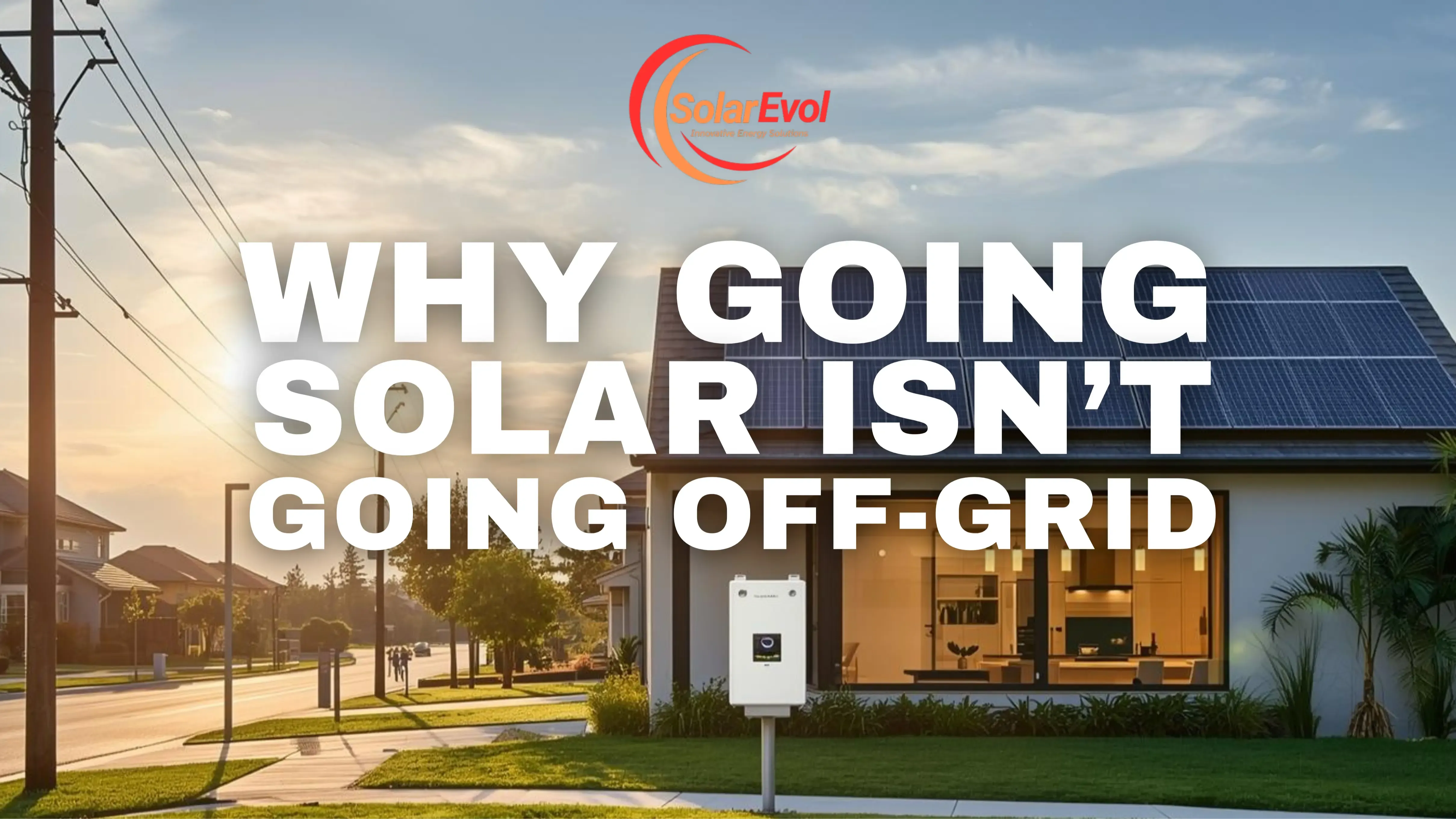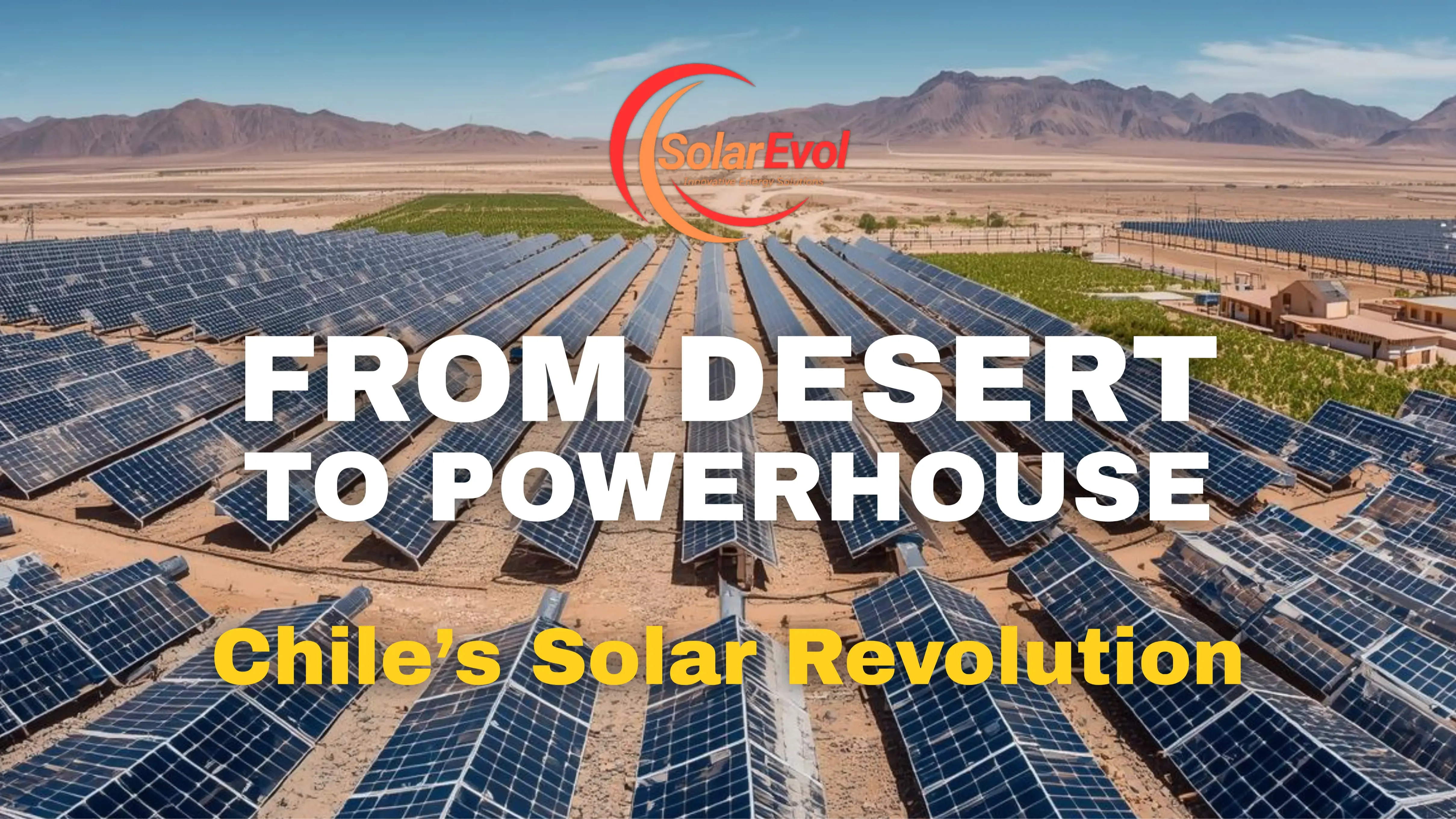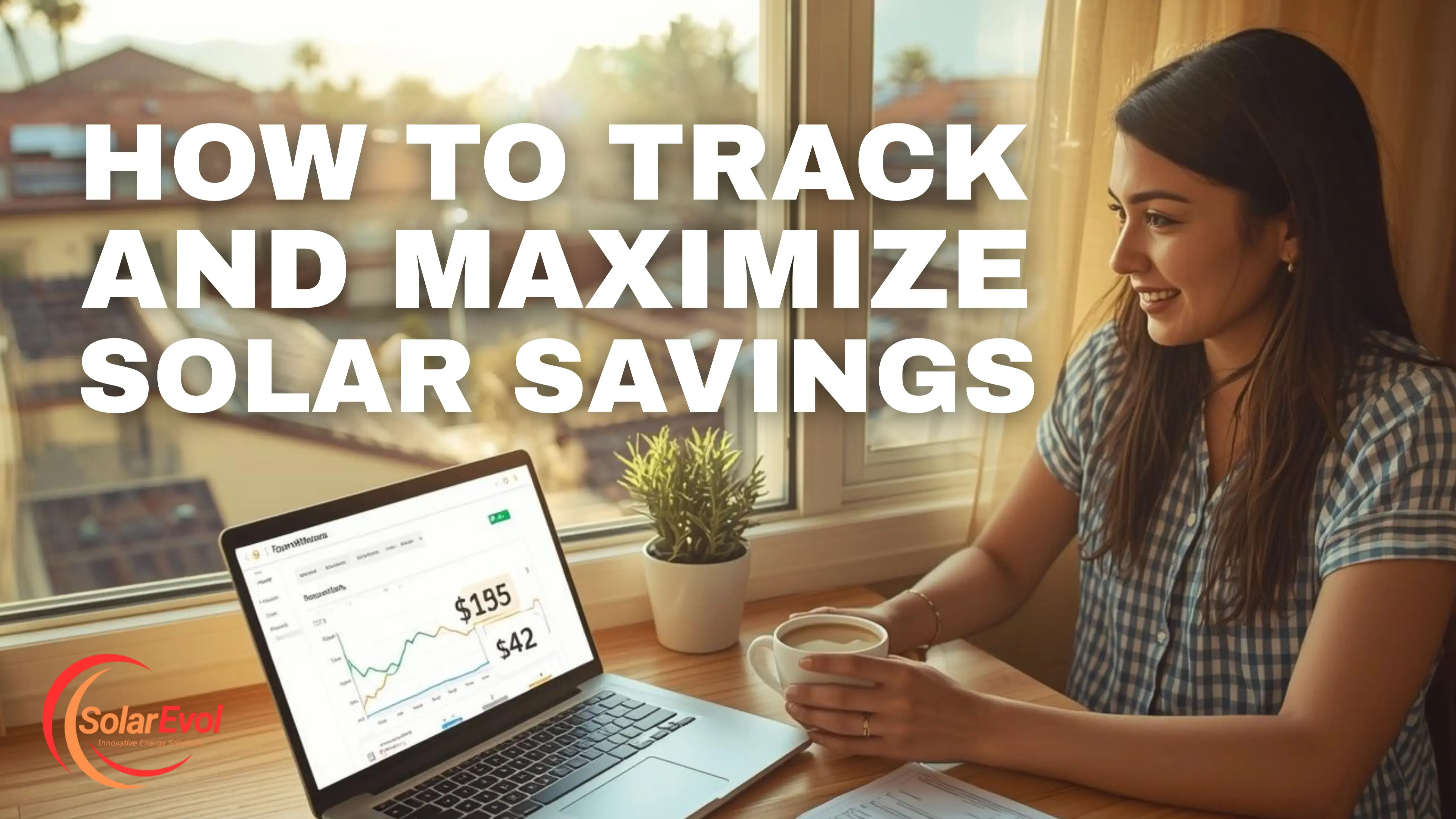
How Peer-to-Peer Solar Trading Works
Jul 07, 2025 Monday, July 07, 2025
Monday, July 07, 2025
By the time the sun began to set over the rice fields of Iloilo, the tin roof of Junrey’s family home was still warm.
Inside, Junrey sat on the floor, flipping the switch on their modest battery inverter. The lightbulb above him flickered to life—not because of the power grid, which had been down since morning, but because of something far more radical.
He was running on energy bought from a neighbor—a neighbor he’d never met.
And earlier that day, his own panels had powered someone else’s refrigerator two streets away.
Junrey, at just 14, had become part of something that could rewrite the energy future of his island:
Peer-to-peer solar trading.
🧩 From Blackouts to Backchannels
In his village, power outages were a way of life. A single downed line could knock out service for days. For families like Junrey’s—farmers and small shopkeepers—those blackouts didn’t just mean inconvenience. They meant food spoilage, lost income, and hours of sitting idle by candlelight.
A few better-off neighbors had installed solar panels over the past year, hoping to beat the outages. But most of their energy went unused. Without batteries or incentives, they couldn’t store it or sell it back. It simply bled off the roof—wasted power in a powerless town.
That’s when a quiet experiment began.
⚡ The Village Grid That Wasn’t in the Blueprint
With support from a university-led pilot project, a group of households—including Junrey’s—agreed to test a new idea:
What if, instead of waiting for the grid to catch up, they built their own micro-market?
Each home got a smart meter—a simple box that tracked solar production and household use, hour by hour. Those who generated more than they needed could “list” their surplus on a small app accessible through basic smartphones. Others, like Junrey’s family, could “bid” for that energy during outages or high-demand times.
And here’s the twist: it worked. Seamlessly.
- His neighbor’s panels powered his lights during a typhoon blackout.
- His own excess solar helped keep another family’s water pump running.
- Micro-payments—measured in pesos and minutes of electricity—flowed between users, peer to peer, tracked securely via blockchain.
No utility.
No paperwork.
Just sunlight traded like currency.
🔍 The Insider’s View: What P2P Solar Trading Really Means
This isn’t the future—it’s already happening in pilot communities across Southeast Asia, parts of Africa, and even Australia. But very few outside the energy space understand how truly disruptive it is.
Here’s what sets peer-to-peer trading apart from traditional solar setups:
- It flattens the energy market. No need to sell excess to a distant utility at rock-bottom rates—sell it to your neighbor at a fair price.
- It empowers small-scale producers—even homes with two panels can generate income.
- It creates resilience in areas with unreliable or no formal grid.
- And it builds energy communities, where power isn’t just consumed—it’s shared.
In places where energy justice feels out of reach, peer-to-peer systems are changing the narrative—quietly, house by house.
🔁 Junrey’s Transformation: From Recipient to Contributor
By the second month, Junrey’s household had flipped from buying to selling energy. His uncle added another panel. The family learned to use power during peak sunlight and trade it at dusk. Their phone stayed charged. Their radio stayed on. Their freezer didn’t melt down again.
And one evening, Junrey whispered to his mother, “I think we’re part of something bigger than electricity.”
He was right.
💡 The Grid Is No Longer a Straight Line—It’s a Web
The traditional model says energy comes from a power plant and flows downhill to the rest of us. But peer-to-peer solar flips that on its head.
Now, the power can come from your neighbor. Your cousin. The kid with a rooftop panel and a spare kilowatt-hour.
And in that exchange lies something deeper than just light—it’s trust, equity, and collective strength.
“We stopped waiting for energy to arrive. We started sending it to each other.”
🌏 What to Watch:
- Peer-to-peer solar platforms are expanding in Asia, especially in off-grid and semi-grid regions.
- Blockchain technology is being used to verify and timestamp every watt traded.
- Governments are beginning to test frameworks to legalize energy sharing outside traditional utility models.
- Communities with limited access are becoming innovation hubs, not afterthoughts.
The next energy revolution won’t be televised.
It will happen in whispers, in shared light, in quiet trades made between rooftops.
And kids like Junrey?
They won’t be waiting for the future.
They’ll be powering it.
Stay connected with news and updates!
Join our mailing list to receive the latest news and updates from our team.
Don't worry, your information will not be shared.
We hate SPAM. We will never sell your information, for any reason.











